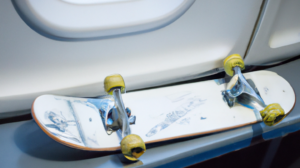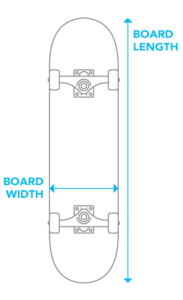Skateboarding is a popular sport enjoyed by many around the world. Skateboards have come a long way from their early days of being homemade and cobbled together with scraps of wood and wheels. Nowadays, skateboards are designed and manufactured with high-quality materials to ensure their durability and safety. In this article, we will take a closer look at the manufacturing process of skateboards.
Raw Materials
The primary material in skateboard decks is wood, typically maple, and glue. However, some skateboards are made with composites, aluminum, nylon, Plexiglas, fiberglass, foam, and other artificial materials. Skateboard trucks are usually made of aluminum or other metals such as steel or brass. In contrast, skateboard wheels are made of polyurethane, a synthetic rubber polymer. Skateboard components are sold separately, allowing consumers to choose the parts that best suit their needs.
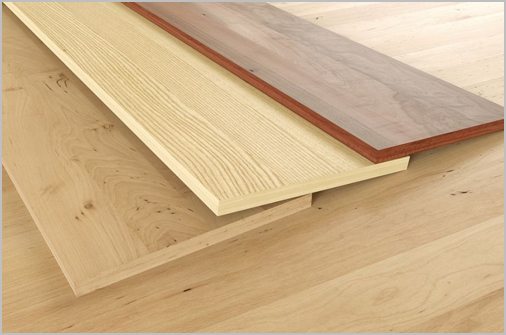
Design
Skateboard decks, trucks, and wheels are designed to cater to various skateboarding styles. Manufacturers design their boards with their signature styling and use templates to impose their design on the board’s shape. Each company that manufactures decks and wheels makes its products stand out through its art designs. Some artwork is created on computers, while others are done by hand.
The Manufacturing Process
Decks
• The first step in manufacturing skateboard decks is to take a piece of maple wood and treat it to allow it to be peeled into veneers. These thin sheets of wood are then delivered to the deck factory, which is stored in a climate-controlled environment to optimize the moisture content. Each veneer is coated evenly with a water-based glue specifically designed for wood.
• After coating, the veneers are numbered and stacked according to grain and level of use. Skateboards are made of seven layers of veneer, with the first, second, fourth, sixth, and seventh layers having the grain running from the nose to the tail of the board. In contrast, the third and fifth layers have the grain running from side to side. These stacks are then put into a two-part mold inside a hydraulic press, creating each skateboard’s nose, concave, and tail. Each press can make five to 15 decks at a time, and the resulting laminate sits in the press for anywhere from a few minutes to a few hours to allow the wood and glue to set.
• After the laminates are removed from the press, eight holes for the truck mount are drilled by hand with a drilling rig. The shaper then takes the newly drilled board, hand-shapes each deck with a band saw, sands it, and coats it with paint or sealant. Finally, a decorative design is imposed by screen printing, with each color hand-painted separately on a custom screen-printing machine. The decks are then dried and readied for shipment.

Trucks:
• To create a master truck pattern, craftsmen hand-tool one of three materials (wood, plastic, or clay). The pattern is then used to produce a match plate, which is used to create a sand mold for the final truck. The sand mold consists primarily of sand, clay, and water and is packed around the match plate before removal.
• Aluminum ingots are melted in a furnace, reaching temperatures of 1,300°F (706.7°C). The resulting liquid aluminum is poured by hand into the sand mold’s pouring basin sprue hole and runners with the truck’s axles already in place. The mold is allowed to cool before being broken by hand and the parts removed. The kingpin knob, pivot cup, baseplate, and riser pad components are heat-treated and machined through grinding, polishing, and drilling processes.
• Finally, workers hand-assemble each truck with kingpins, bushings, grommets, washers, and nuts, preparing the final product for shipment.
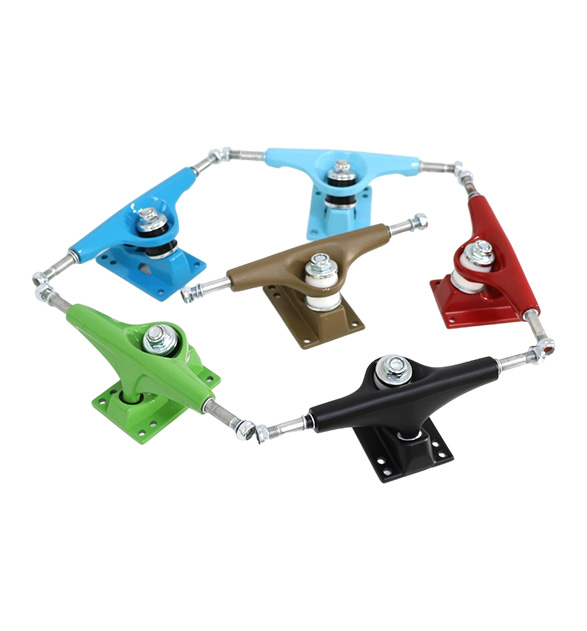
Wheels:
• Polyurethane components are heated and mixed in specific ratios using metering machines. High-quality polyurethane wheels are mixed at elevated temperatures, while lesser quality wheels are mixed at room temperature. Pigments are added to the mixture if colored wheels are desired. The resulting liquid mixture is poured into aluminum molds through a mixing chamber and hardened into a solid.
• The resulting wheel is removed by hand and cured on trays. Many molds are used simultaneously on a conveyor system, with up to 300 wheels produced per hour.
• Each wheel is cut to shape by hand on a lathe, with the sidewalls and tread cut using a blade. Decorative wheels undergo an additional semi-automated process in which digital artwork is converted to film to produce a photo-etched print plate. The plate is then used to print the desired image onto the wheel using a pad printing machine. If multiple colors are involved, the wheels go through one pad for each color. Finally, the wheels are packaged for shipment.
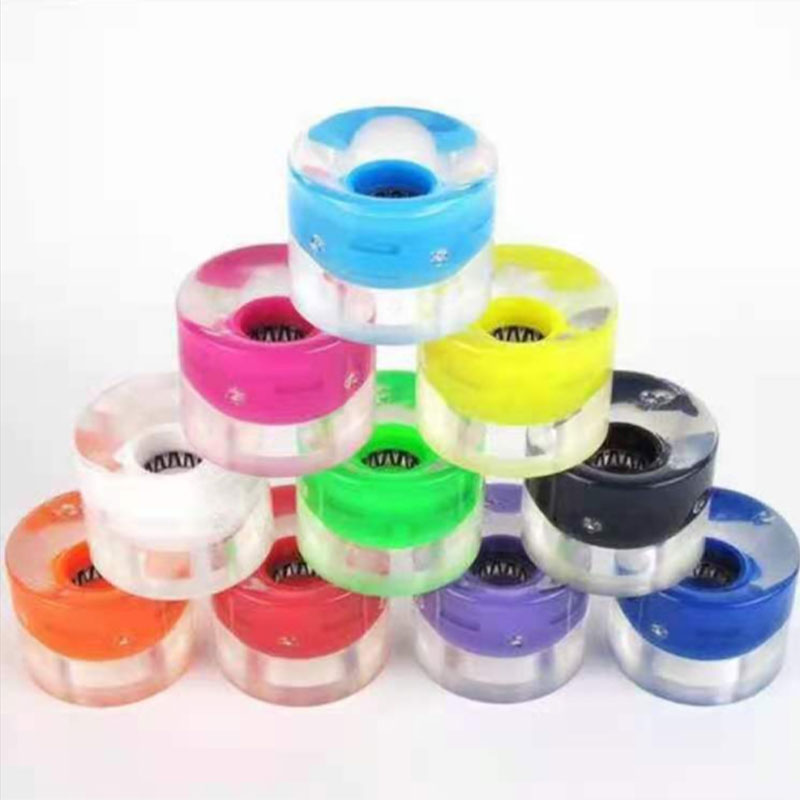
Assemble the Skateboard:
After procuring or fabricating the three distinct constituents, the manufacturer or consumer is obliged to assemble them. The deck requires grip tape to provide traction. Grip tape is obtainable in a vast rectangular sheet larger than the deck. It must be smoothed out by hand to eliminate any air bubbles. The board’s edge beneath the grip tape is outlined using a file or any flat-edged tool.
The additional parts of the grip tape are trimmed away using a safety knife or scissors.
With an awl or any other sharp-pointed instrument, the eight truck holes are exposed via the grip tape, and the mounting bolts are inserted. The truck is then mounted over the bolts and tightened using the locknuts.
Bearings and a spacer are positioned on the four truck axles. Next, the wheel is installed, flush with the bearings and spacer. The other set of bearings is then put into the wheel. The wheels are secured using washers and a lug nut. The skateboard is now ready for use.
Want to know more about how to assemble a skateboard, you can check on our last blog post.
Quality Control:
If the components are acquired individually, the consumer must adhere to all instructions for their safety. All screws must be securely fastened to maintain the truck’s position during tricks. Manufacturers constantly inspect the finished boards to ensure they are stable and satisfy safety criteria.
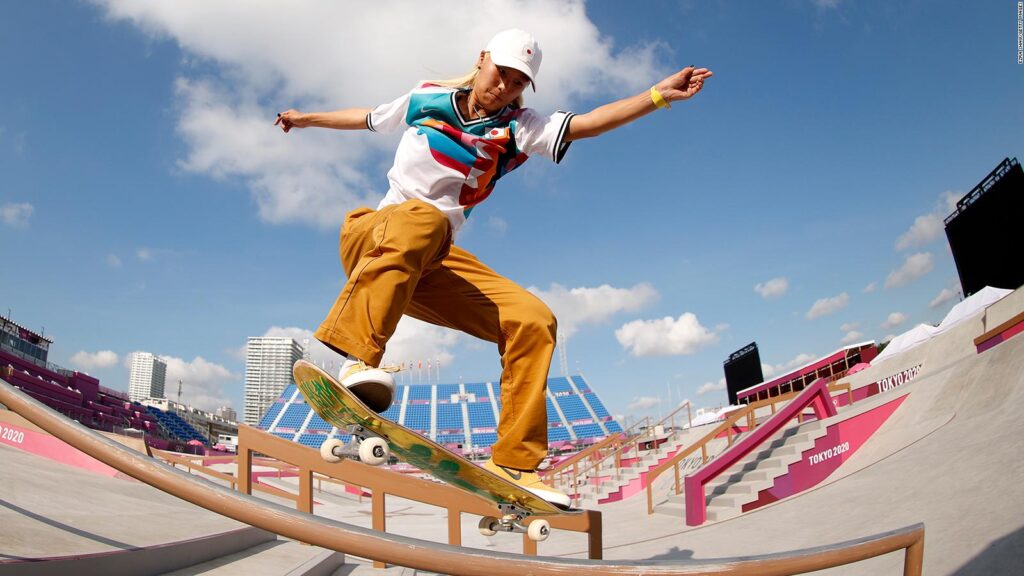
Conclusion
Skateboarding has become a popular pastime and sport worldwide, and the process of making a skateboard is complex and fascinating. From selecting the raw materials to assembling the components, skateboard manufacturers go to great lengths to ensure their products are of the highest quality. By following the manufacturing process outlined in this article, you can better understand how skateboards are made and appreciate the craftsmanship that goes into every board.



